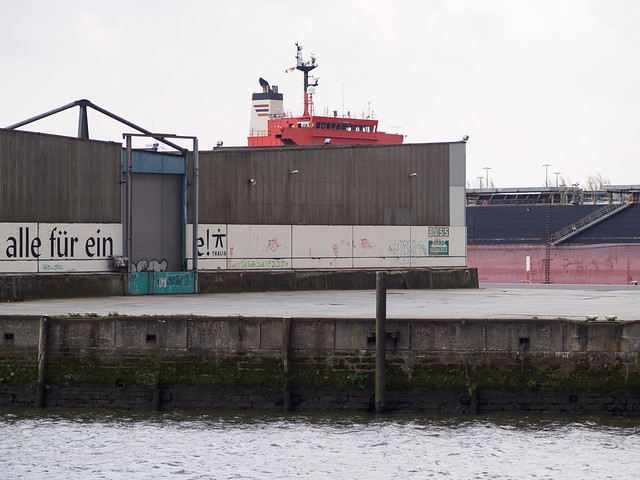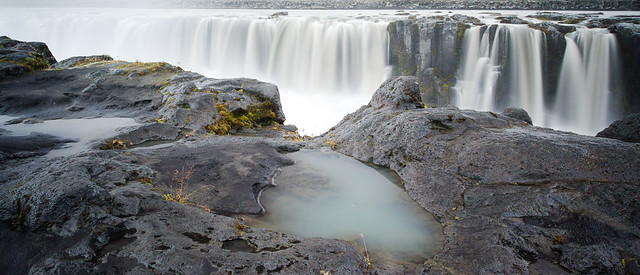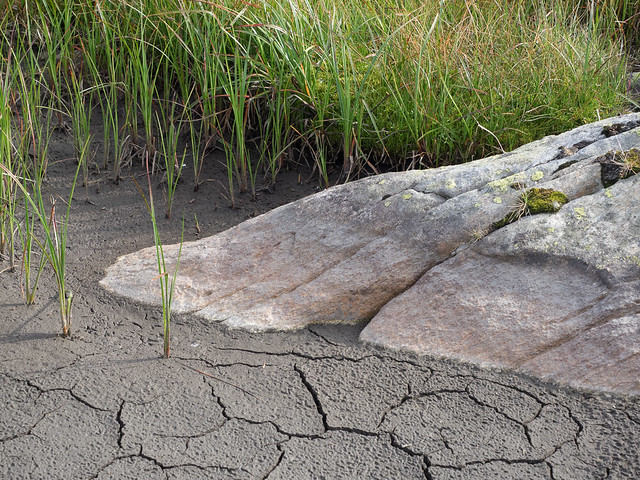Negative Lab Pro
Auf Wiedersehen, Silverfast
This is a quick review of Negative Lab Pro, a piece of software I’ve been aware of for some time, but only just now got around to trying.
Upfront, the website claims “NEGATIVE LAB PRO brings impossibly good color negative conversions right into your Lightroom workflow”. And it does exactly this. And it’s a really big deal.
I’m a long term user of Silverfast, and have defended it more than once, despite its insistence on ignoring all conventions, and the total deafness of its developers and managers to any kind of feedback or dialog. Despite all this, it’s pretty good. But the workflow is stuck in the 1990s, even if some minor concessions to openness have been added. Sadly for Silverfast, I think that Negative Lab Pro (NLP) is a major nail in the coffin.
NLP provides conversions which are at least as good, provides a totally non-destructive workflow in Lightroom, enabling easy creation of multiple versions of the same source scan, all fully re-editable. On top of this it taps into Lightroom’s Profile mechanism to enable devastatingly accurate emulations of the rendition of standard scanners such as Fuji Frontier and Noritsu.
Of course, negative conversion is a very subjective thing, but the respective look of basic Frontier and Noritsu output is quite objective. Generally I do all my own scanning, but some time ago I did have some lab scans done, just to get a reference point. For for now I’ve just take a recent XPan shot as a test.

The top version is Silverfast’s Kodak Portra 400 NegaFix profile at default settings. The lower is NLP at default settings. Again, colour negative conversion is a very subjective thing, but frankly, the NLP version to me looks like what Portra 400 is supposed to look like. The greens are more natural (although the Silverfast version may just possibly be more accurate, the grass was very green), and the NLP sky is complete free of the cyan tinge given by Silverfast, the shadows are better balanced. Game over, basically.
Of course, Silverfast provides a wide range of tools to tune profiles, to make colour adjustments way beyond what Lightroom alone can do, but all of this is destructive, sits within a clunky application framework, requires multiple steps and multiple file generations, and is generally slow. NLP also has a wide range of adjustment tools, which are easier to understand and much faster to apply, making far more fun to experiment.
I’m sold on NLP. Silverfast will now be restricted, in most cases, to Raw scanning. Of course, by generating a Raw scan, in theory I can still process it through Siverfast HDR, but it gets very fussy if any other application has so much looked at one its DNG files.
There is only one drawback (and it could be major in some cases): NLP cannot remove dust and scratches using the infrared channel. But on balance I guess I can live with that.







